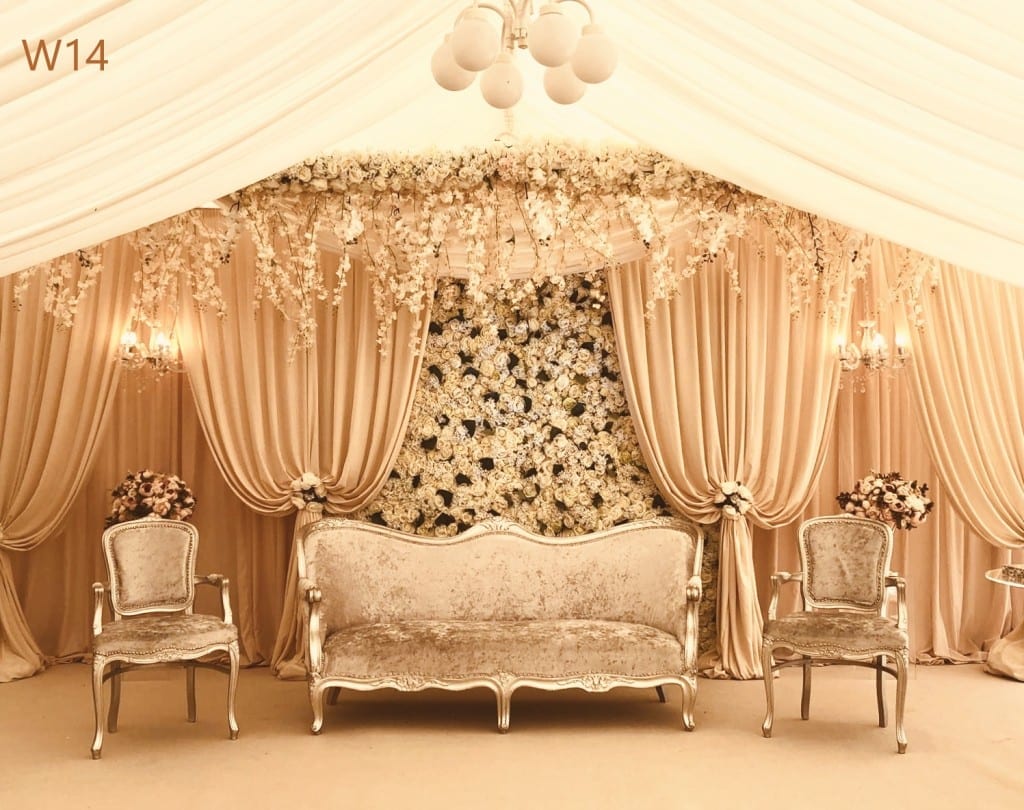Indian weddings are massive affairs, no doubt about it. Apart from any other consideration, there may be as many as 500 or more guests at an Indian wedding, and if you stop to think about it, that is one big party!
But it is not just the wedding. Indian weddings consist of a variety of different events. They are either Hindu, Sikh, or Muslim, and they do have certain variations which are based on the particular religion and also the regional areas of the country from which they originate, but there are many parts which are used in all Indian weddings.
Indian weddings begin with the Haldi which is the very first of the events that typically take place. It is a spiritual day for the bride and groom and involves a yellow turmeric paste which is called haldi in Hindu. Indeed, the colour of the day is yellow. This is a ceremony during which the haldi is applied to the face, arms, hands, knees, and feet of the couple by members of the family, who will offer them blessings and sing songs.
The turmeric paste is supposed to make your skin glow and bring good luck, and the haldi is thought to provide beautification, healing, and purification to the couple.
The Mehndi
The next event is the Mehndi, and this is often described as the girls’ night out, although today the groom and members of his family are often in attendance. In the Mehndi, the bride is the centre of attraction, and sits on a Mehndi stage, which, of course, we can create for you at Kenza Creations as an Indian wedding décor company. The stage and various props can be used together in order to create a colourful and exciting theme for this party, which is an important part of an Indian wedding.
Mehndi is actually a paste made from the henna plant, and it is painted on to the hands, arms, and feet of the bride in very intricate designs and patterns by a Mehndi artist. The patterns and designs take a long time to do, and indeed can sometimes take several hours, which is why the bride needs to rest on the stage while the work is carried out. A tradition which is very often included is the incorporation of the name of the groom somewhere within the detail, and everyone can have fun trying to find it.
The rest of the party are taking part in singing, dancing, dressing up, eating, and drinking while all this goes on. Folk law has it that the darker the Mehndi sets, the deeper the relationship between bride and groom will be, which is another reason why the bride needs to relax as the pigment sets.
The next event in the series of an Indian wedding is the Sangeet/Raas-Garba, and this is typically held on the Friday before the wedding on the Saturday. This is a massive party in its’ own right and is another huge event with food, drink, dancing and singing. The bride and the groom’s family members perform intricate choreographed dances to wish the couple well in their new life. It is hard to believe just what a huge party this is when there is going to be much the same thing all over again on the very next day.
If you have been invited to a Sangeet and you are not a dancer, the Raas-Garba are Gujarati dances that are playful and energetic. The steps are quite easy to learn, and the other guests will teach you how to do them, so it is worth giving it a try.
Then of course comes the wedding itself, and this will have many different rituals within it, beginning with the groom arriving at the bride’s family home in traditional dress riding on a decorated horse – or in some cases in India, an elephant. The groomsmen follow behind with much singing and dancing.
The bride enters wearing a sari which is typically red, and astonishing jewellery. She joins the groom under a Mandap on the wedding stage, and the ceremony begins. There are several rituals that take place before the couple are finally announced as man and wife.
Then the fun begins, and it is party time, which goes on late into the night.
